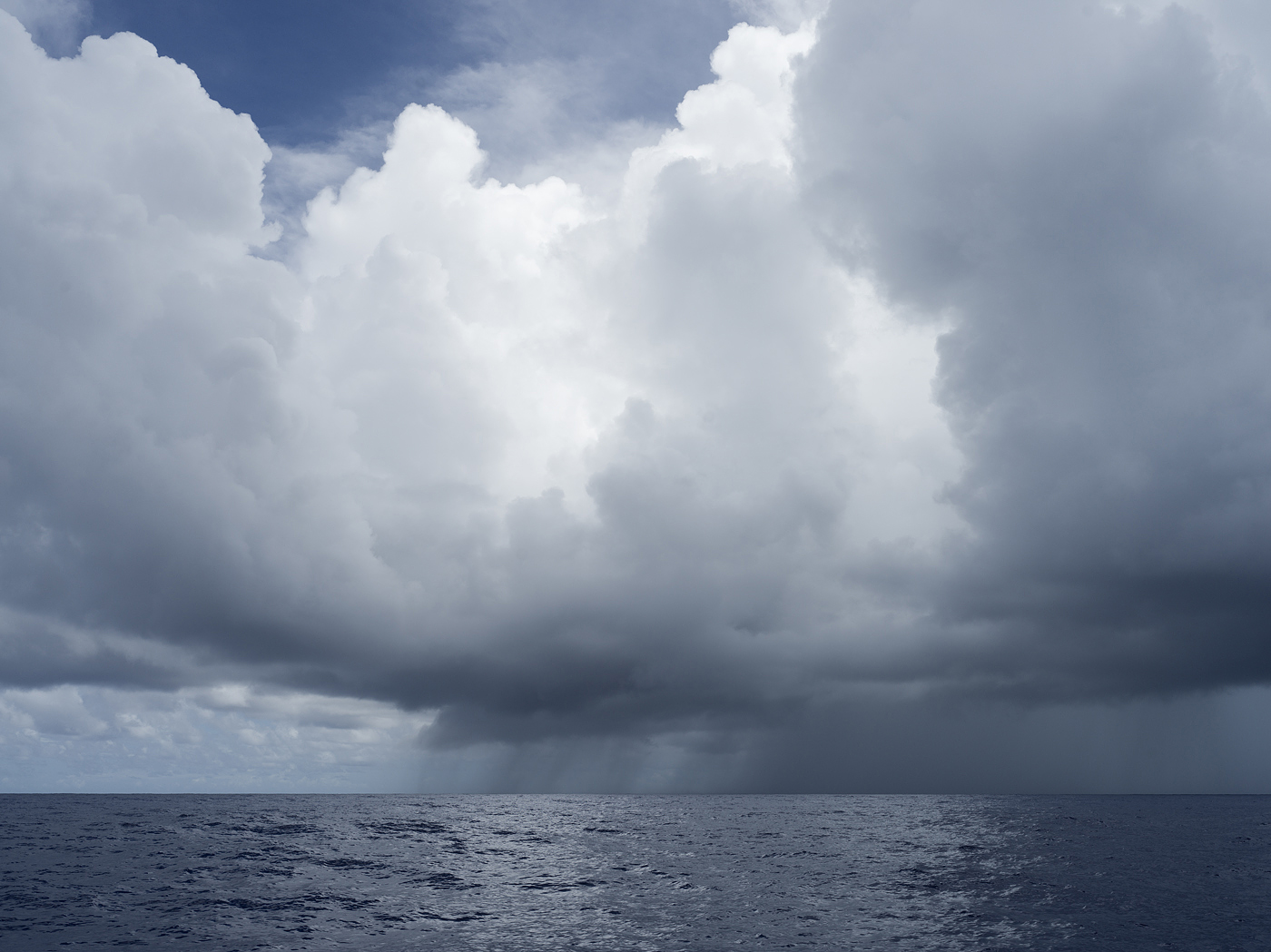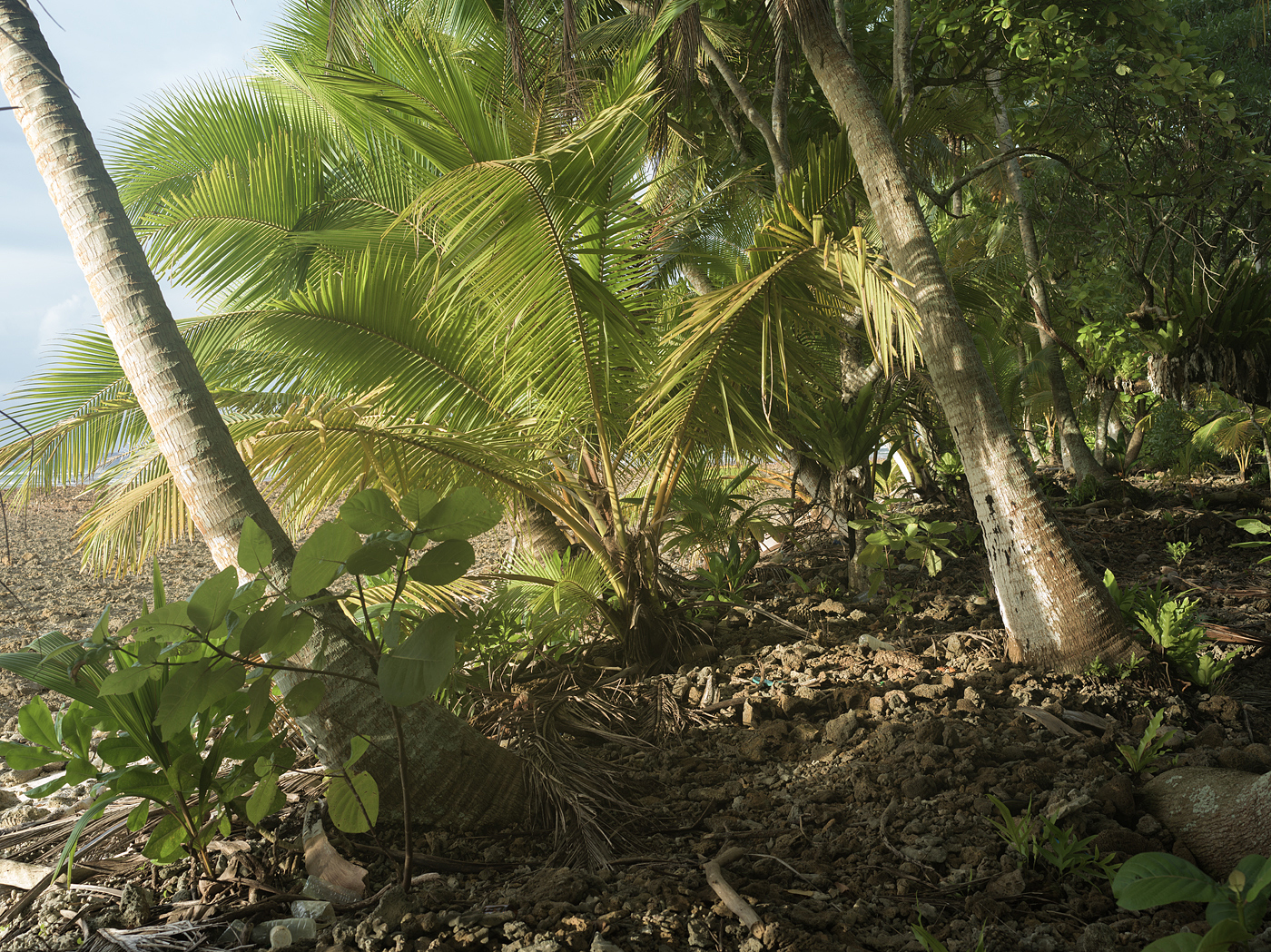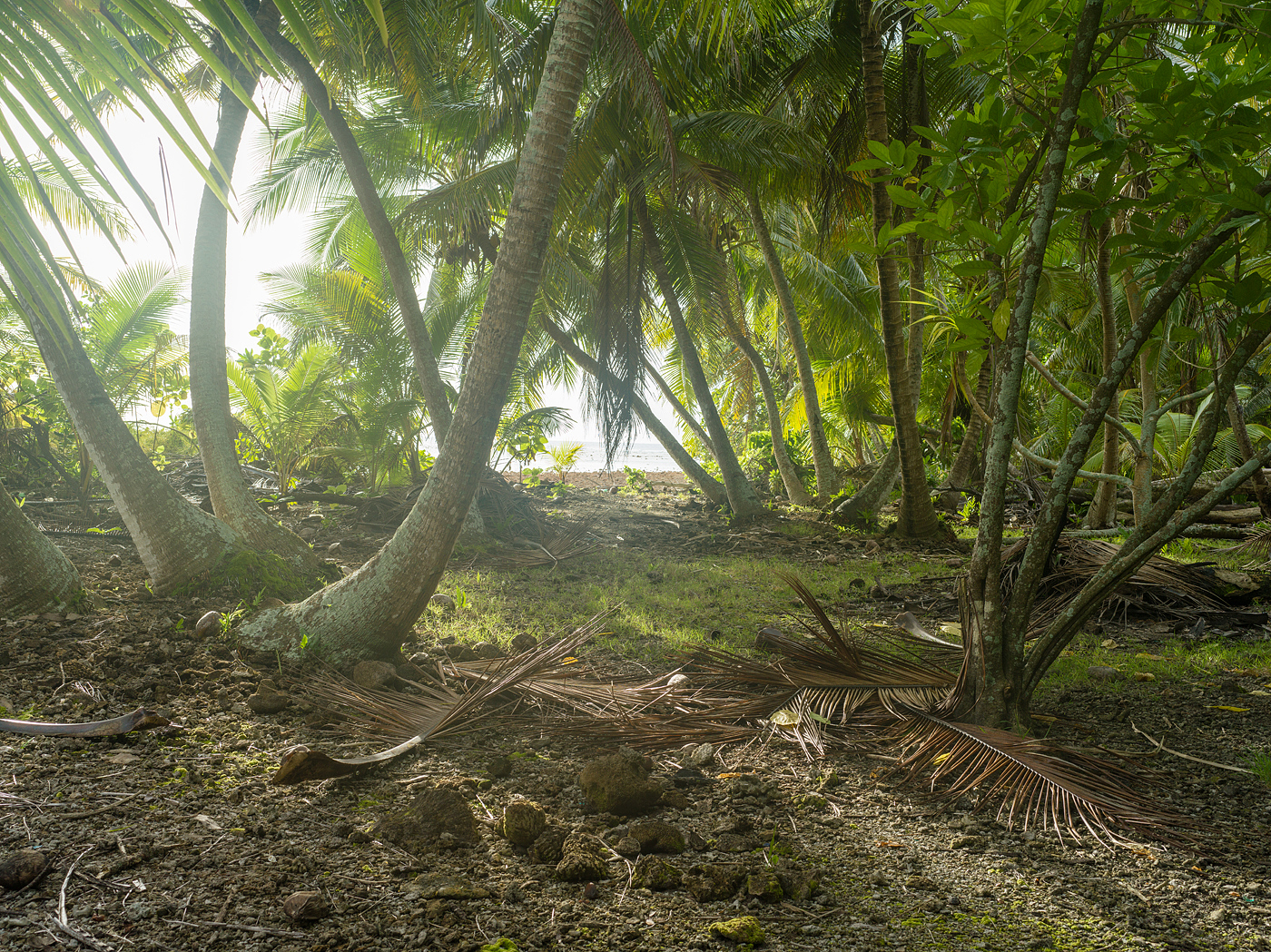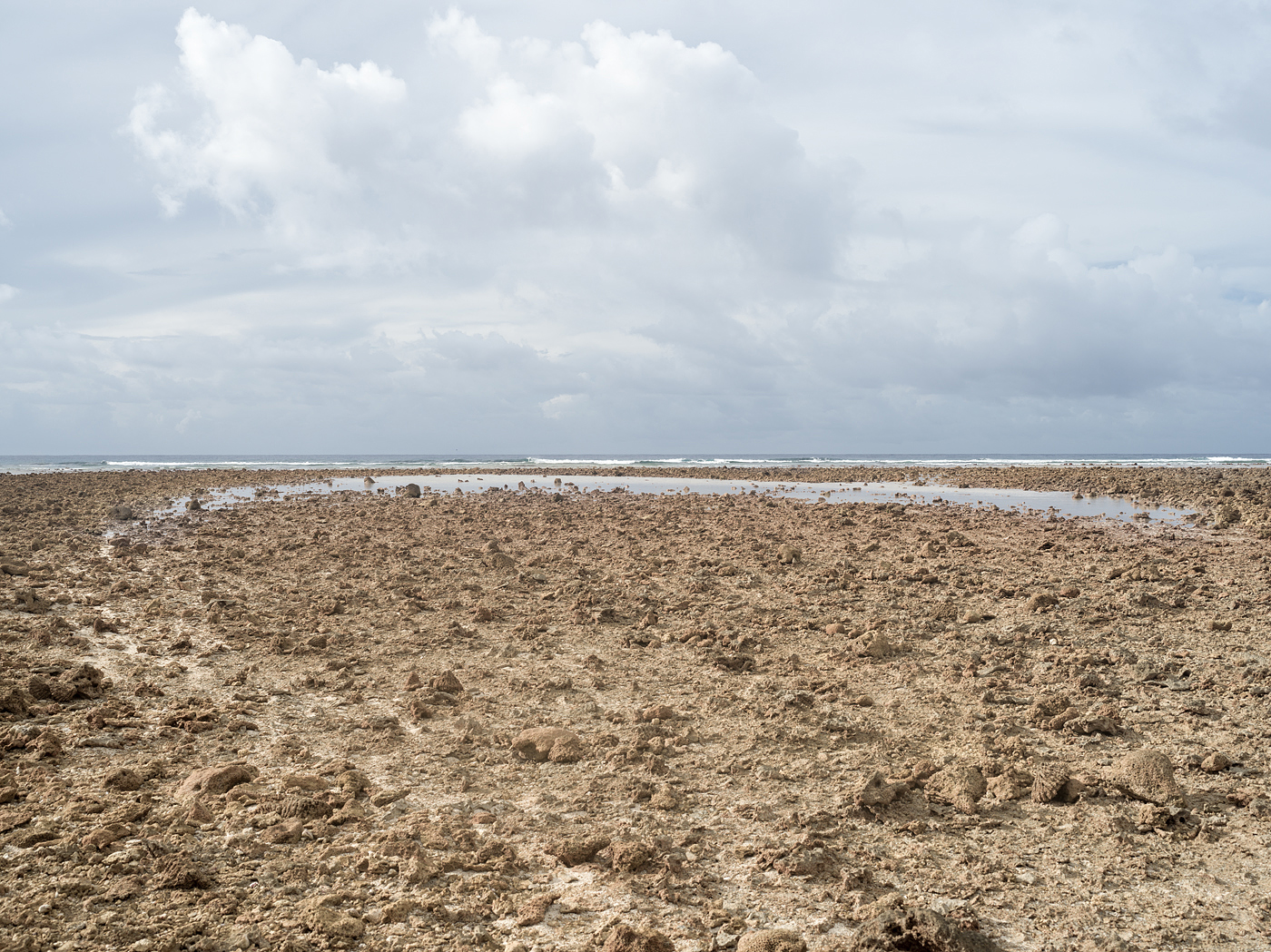






Artist's Statement
Matthew Arnold
Just before dawn on July 2, 1937, Amelia Earhart and her navigator Fred Noonan took off from Lae, New Guinea in their heavily loaded Electra L-10E aircraft. This was to be the third to the last of 32 legs of her heroic but ill-fated attempt to be the first woman to circumnavigate the globe by airplane.
After 82 years, only theories remain of her demise—yet her legend survives in the many still searching for evidence of her disappearance on that fateful day in 1937.
What is it that keeps us so captivated with Earhart? Is it an admiration for her bold fearlessness as an aviator in an industry and era dominated by men? Is the mythology surrounding her disappearance so intriguing because she disappeared in such a remote and unknown environment to most westerners?
With his new photographic project, Arnold will document the environs that play host to the many theories that attempt to resolve the mystery of Earhart’s disappearance. The work presented here is from the first stage of Arnold’s project—a five-week expedition to the outer-reaches of the Mariana and Marshall Islands, photographing the seascapes and landscapes specific to the “Japanese Capture” theory. It is a theory which involves a forced landing in fortified Japanese territory, followed by capture, imprisonment, and possible execution at the hands of their Imperial Navy.
The complete breadth of this project will involve travel to many parts of the Central and South Pacific, photographing related seascapes and landscapes of these remote regions.
In photographing these regions, Arnold will give visual expression to each of the theories surrounding Earhart’s disappearance. The images will illustrate both the historical and mythological landscape surrounding the hypotheses of a historic heroine’s unknown fate in a distant land.
With the funds awarded by this grant he will create a short film to be used for additional grants and crowdfunding purposes in order to complete the next phases of the project.

